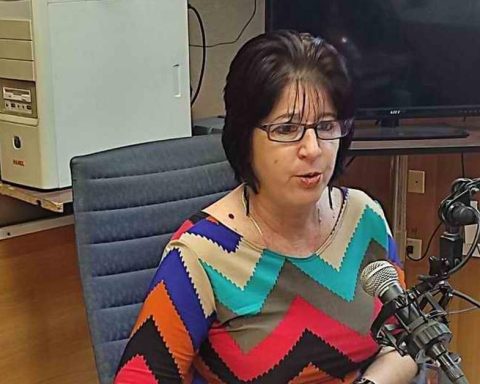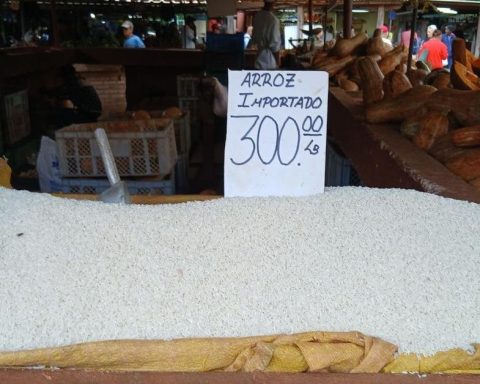Madrid/The Cuban Meteorological Institute (Insmet) is keeping a “close watch” on Beryl, the new tropical storm that formed on Friday in the Atlantic Ocean and is expected to become the first hurricane of the season this weekend. According to the U.S. National Hurricane Center (NHC) on Friday, the depression formed east of Barbados and is gaining intensity as it approaches the Windward Islands, where it will cross as a hurricane on Sunday night, according to estimates.
Barbados and other Eastern Caribbean states issued a hurricane warning on Saturday. Barbadian Prime Minister Mia Mottley urged citizens in a press conference to take all necessary precautions in the face of the storm and said the country could face a “category one hurricane within the next 48 hours.”
The National Hurricane Center (NHC), based in Miami, Florida, also warned on Saturday that Beryl could “rapidly strengthen” and become a “major hurricane.” It forecast “destructive hurricane-force winds and potentially life-threatening storm surges” in the Windward Islands.
The National Hurricane Center warned that Beryl could bring “destructive hurricane-force winds and potentially life-threatening storm surge.”
In this context, the governments of France, Trinidad and Tobago and Saint Lucia also issued a hurricane warning for their islands in the region on Saturday.
Both the Cuban National Hurricane Center (INSMET) and the NHC estimate that the cyclone will move west at 30 kilometers per hour, with maximum sustained winds of 65 kilometers per hour. The forecast is that when it hits the island, between Tuesday and Wednesday, it will do so already weakened.
Cubans, for their part, are observing the phenomenon with concern. The latest rainfall on the island, not even due to a tropical storm, caused around twenty landslides in Havanaand aggravated both the usual power outages and the water supply.
In the Atlantic hurricane season, which began on June 1 and will end on November 30, two tropical storms have formed so far, Alberto and Beryl. This year, the Atlantic will have a hurricane season. well above averagewith the possibility of up to 13 hurricanes, of which up to seven could be major, according to the US National Oceanic and Atmospheric Administration (NOAA).
/ NHC
The forecast indicates that a total of between 17 and 25 storms could form this year, that is, with maximum sustained winds above 62 kilometers per hour. Insmet estimates about 20 tropical storms and assumes that at least 11 could become hurricanes.
“Last year, Cuban experts predicted a ‘moderate’ season that ultimately exceeded expectations with the formation of 17 tropical storms, including six hurricanes,” the Institute notes.
In 2022, Cuba was hit hard by the Hurricane Ianwhich left severe damage in the western region of its territory, especially in the province of Pinar del Río, which is still suffering from its after-effects.
The cyclone caused the death of five people and caused extensive damage to more than 100,000 homes, agriculture, electricity, telephone services and drinking water supplies.
The last time a major hurricane affected all of Cuba was in 2017, when Irma moved parallel to the island’s northern coast. It caused ten deaths and material losses officially valued at 13.185 billion dollars.















